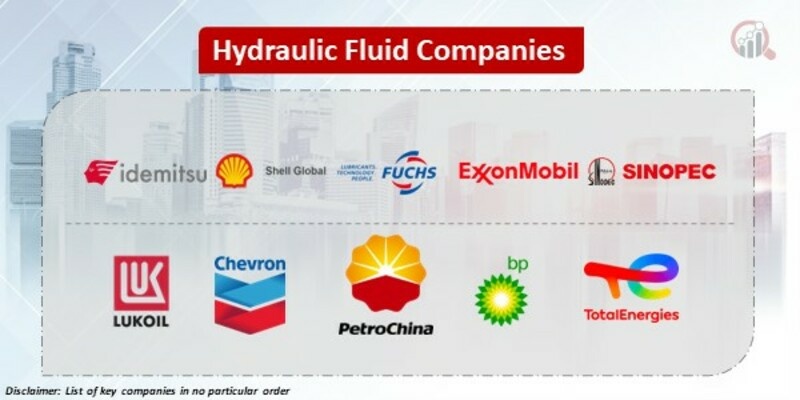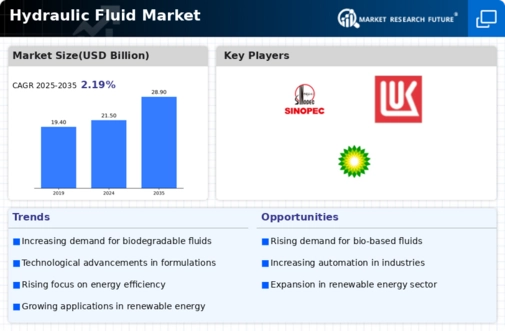Top Industry Leaders in the Hydraulic Fluid Market

Hydraulic Fluid Market
May 2023
Fluid System Components, Inc. (FSC) announced the acquisition of Norcan Fluid Power Company (Norcan). This move is indicative of the company's ongoing strategic goal to enhance its fluid power distribution business and position itself as a value-added provider.
Expanding its capabilities and reach, FSC becomes a new force in North American fluid power solutions with the acquisition of Norcan, a distributor of fluid power serving numerous mobile and industrial industries throughout Western Canada, from British Columbia to Western Ontario. As a result of Norcan's extensive technical engineering, service, and application knowledge, FSC is able to benefit from Norcan's strong OEM presence, design, fabrication, installation, and testing expertise, as well as the resources of a larger organization.
For more than 40 years, Norcan Fluid Power has been meeting the hydraulic needs of clients in Western Canada. In addition to custom-designed systems and solutions, the company offers a broad range of products, such as hydraulic cylinders, valves, pumps, motors, filtration, measurement, and monitoring equipment.
September 2023
The Sault Ste. Marie, Ontario-based Beta Fluid Power Ltd. and Beta Industrial Ltd. have announced that Wajax Corp. has acquired all of their issued and outstanding shares.
For use in the mining, construction, and industrial industries, Beta Fluid is a top regional supplier of hydraulic and pneumatic equipment. Moreover, it provides mobile services as well as maintenance, replacement, and repair for pneumatic and hydraulic systems. Local and regional clients can choose from a variety of on-site facility repair and maintenance services offered by Beta Industrial.
The largest public EV charging hub in the United Kingdom was announced by bp p.l.c. in the NEC Campus in the West Midlands. The EV Network (EVN) and NEC Group made this announcement in September 2023.
Two new chemical production units will commence at Baytown, Texas by Exxon Mobil Corporation; which are part of its increase in its chemical output as it announced in September 2023.
In May 2022
Abu Dhabi’s ADNOC and Masdar to join bp’s UK hydrogen projects
May 2022
ExxonMobil and Indonesia's Pertamina to advance carbon capture and storage cooperation
May 2022
Chevron, Talos, and Carbonvert announce closing the previously announced joint venture expansion of the Bayou Bend CCS project offshore Jefferson County, Texas
Key Companies in the Hydraulic Fluid market include
- Idemitsu Kosan Co. Ltd
- Royal Dutch Shell Plc.
- Fuchs Petrolub AG.
- ExxonMobil Corporation.
- Sinopec Limited.
- LUKOIL
- Chevron Corporation
- PetroChina Company Limited
- BP p.l.c.
- Total S.A.










